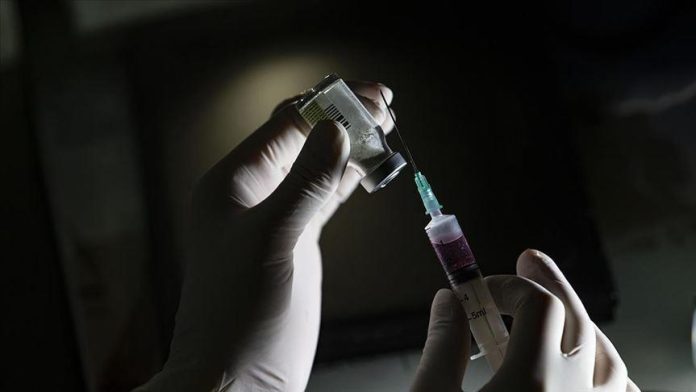The World Health Organisation (WHO) has announced that rubella, a viral infection that previously posed a serious threat to the health of children and pregnant women, is no longer a public health problem in Nepal.
According to Catharina Boehme, WHO Regional Director for South-East Asia, this achievement was made possible by “the strong commitment of the Government of Nepal, the efforts of health workers and volunteers, and the active support of local communities striving for a rubella-free future.”
WHO representative in Nepal Dr Rajesh Sambhajirao Pandav noted that the country’s success was achieved through “close collaboration between government agencies, health professionals, partners and civil society.”
Vaccination and infection control
In 2012, Nepal launched a large-scale immunisation programme covering children aged 9 months to 15 years.
Four national campaigns were conducted in subsequent years (2012, 2016, 2020 and 2024), resulting in more than 95% of the population receiving at least one dose of the rubella vaccine by 2024. This level of coverage is considered sufficient to establish herd immunity.
In addition, the country has introduced an improved laboratory testing algorithm for epidemiological surveillance, becoming the first in South-East Asia to adopt such an approach.
Context and significance of success
Rubella, also known as German measles, although mild in most children and adults, is extremely dangerous for pregnant women. The infection can cause miscarriage, stillbirth or congenital defects in newborns.
According to the WHO, rubella has now been eliminated in six countries in the region, including Nepal, and measles in four. The organisation has set a target of completely eradicating measles and controlling rubella in South-East Asia by 2026.
Prospects and challenges
Despite the progress made, WHO experts stress the need to maintain high vaccination coverage and conduct ongoing surveillance to prevent the virus from spreading again. An additional challenge is reaching remote and hard-to-reach areas where the risk of missing out on vaccination is higher.
The WHO Regional Office for South-East Asia comprises 10 countries: Bangladesh, Bhutan, India, Maldives, Myanmar, Nepal, Sri Lanka, Thailand and Timor-Leste. Nepal’s experience could serve as an example for neighbouring countries in the fight against infectious diseases.
